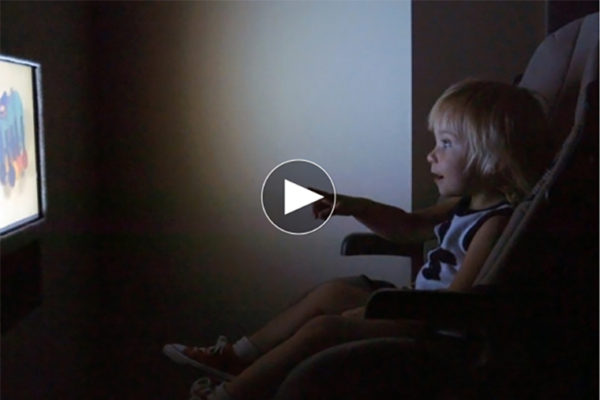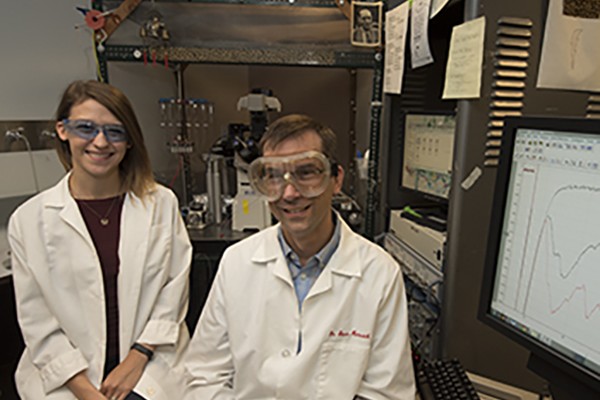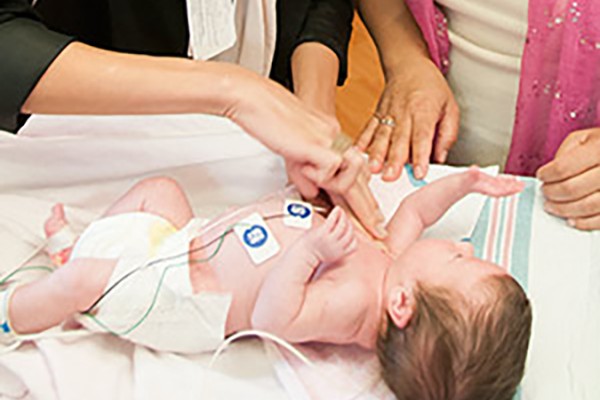In autism, genes drive early eye gaze abnormalities
New research has uncovered compelling evidence that genetics plays a major role in how children look at the world and whether they have a preference for gazing at people’s eyes and faces or at objects.The discovery by researchers at the School of Medicine and Emory University adds new detail to understanding the causes of autism spectrum disorder.
Constantino, Luby receive awards from child psychiatry academy
The American Academy of Child and Adolescent Psychiatry (AACAP) has honored Washington University child psychiatrists John N. Constantino, MD, and Joan L. Luby, MD, for their pioneering research with children.
Premature birth appears to weaken brain connections
Babies born prematurely face an increased risk of neurological and psychiatric problems that may be due to weakened connections in brain networks linked to attention, communication and the processing of emotions, according to new School of Medicine research led by Cynthia Rogers, MD.
Loss of support cells in brain may inhibit neuronal development
Shedding light on possible contributors to autism, schizophrenia and other neuro-psychiatric disorders, School of Medicine researchers have found that a type of support cell in the brain, called an astrocyte, may play a role in the ability of neurons to communicate.
Preemies at high risk of autism don’t show typical signs of disorder in early infancy
Premature babies are at an increased risk for developing autism spectrum disorder. But a small study indicates that preemies who avoid eye contact are less likely to demonstrate symptoms of autism at age 2 than preemies who maintain eye contact during early interactions, according to new research at the School of Medicine.
Discovery may open door for treating fragile X carriers
Fragile X syndrome, an inherited cause of autism and intellectual disability, can have consequences even
for carriers of the disorder who don’t have full-blown symptoms. Researchers at Washington University School of Medicine in St. Louis have identified
a potential target for treatment for fragile X carriers.
Scientists find new clues to brain’s wiring
New research provides an intriguing glimpse into the processes that establish connections between nerve cells in the brain. These connections, or synapses, allow nerve cells to transmit and process information involved in thinking and moving the body. Pictured is the study’s senior author, Azad Bonni, MD, PhD.
Autistic traits seen in parents of kids with autism
Studying children with autism and their parents, researchers have found that when a child has autism, his or her parents are more likely to have autistic traits than parents who don’t have a child with an autism spectrum disorder, as measured by a survey used to identify such characteristics. Pictured is one of the study’s authors, John Constantino, MD.
People with autistic tendencies vulnerable to alcohol problems
Young adults with autistic tendencies don’t often engage in social or binge drinking, but if they drink, they are slightly more likely than their peers to develop alcohol problems, according to new research from Duneesha De Alwis (right) and Arpana Agrawal at the School of Medicine.
New clue to autism found inside brain cells
Researchers at the School of Medicine have learned that the problems people with autism have with memory formation, higher-level thinking and social interactions may be partially attributable to the activity of a receptor inside brain cells,
highlighted with green in this image.
View More Stories



